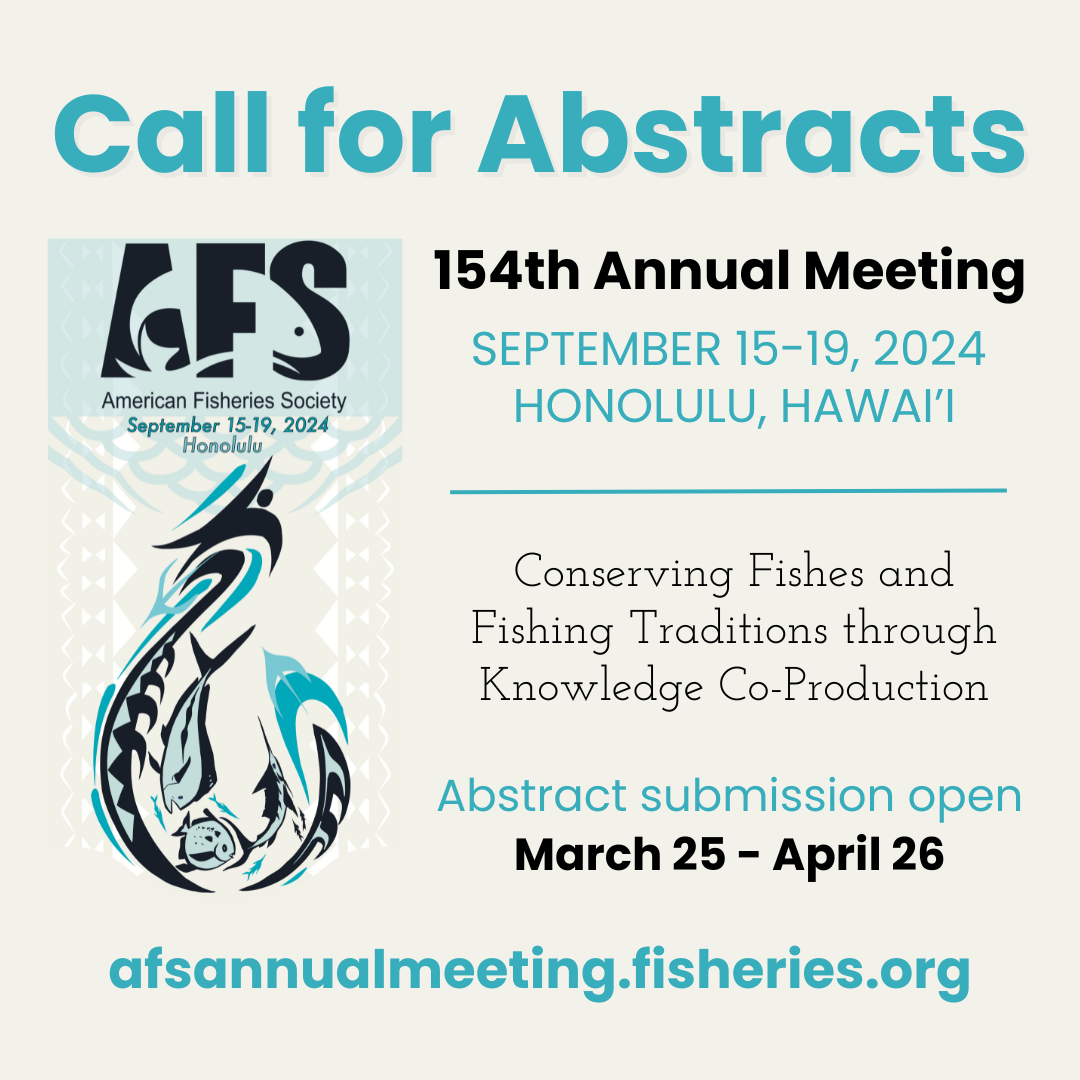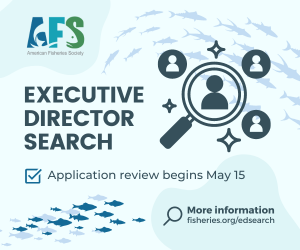March 2, 2022
The Honorable Deb Haaland
Secretary
U.S. Department of the Interior
1849 C Street, NW
Washington, DC 20240 |
The Honorable Tom Vilsack
Secretary
U.S. Department of Agriculture
1400 Independence Ave., SW
Washington, DC 20250 |
The Honorable Pete Buttigieg
Secretary
U.S. Department of Transportation
1200 New Jersey Ave., SE
Washington, DC 20590 |
The Honorable Gina Raimondo
Secretary
U.S. Department of Commerce
1401 Constitution Ave., NW
Washington, DC 20230 |
The Honorable Mike Conner
Assistant Secretary of the Army (Civil Works)
U.S. Army Corps of Engineers
108 Army Pentagon, Room 3E446
Washington, DC 20320-0108 |
The Honorable Michael Regan
Administrator
U.S. Environmental Protection Agency
1200 Pennsylvania Ave., NW
Washington, DC 20004 |
The Honorable Deanne Criswell
Administrator
Federal Emergency Management Agency
500 C Street, SW
Washington, DC 20024 |
The Honorable Brenda Mallory
Chair
Council on Environmental Quality
730 Jackson Place, NW
Washington, DC 20506 |
Dear Secretary Haaland, Secretary Vilsack, Secretary Buttigieg, Secretary Raimondo, Assistant Secretary Conner, Administrator Regan, Administrator Criswell and Chair Mallory:
On behalf of our millions of members and supporters, the undersigned hunting, fishing, and conservation organizations and businesses contributing to the $689 billion outdoor recreation economy write to express our interest in working closely with the Biden-Harris Administration and federal departments and agencies on implementation of the landmark Infrastructure Investment and Jobs Act (IIJA).
The IIJA provides a critical infusion of resources to advance infrastructure solutions that recognize the value of natural systems and enhance climate resilience while connecting Americans to their public lands and waters. Our organizations worked diligently with Congress to help pass the IIJA, strengthening established conservation and recreation programs with a track record of success while helping to create new programs focused on infrastructure innovations that offer long-term benefits for climate resilience while better integrating our nation’s infrastructure system with our natural systems. We secured important wins to implement natural infrastructure solutions, restore and adapt existing and establish new recreation resources, advance wildlife crossings, ensure aquatic connectivity and fish passage, promote clean water, and sustain broad-scale restoration objectives in support of local communities throughout the country. We are now reaching out to you and your senior leadership to express our desire to remain constructive partners as the administration develops new spending plans, guidelines, and programs for IIJA implementation, and to offer expertise and resources to ensure IIJA funding is driven by science, targeted and strategic, built upon years of on-the-ground conservation and recreation partnerships, and sustainable for the long-term.
With the challenges of a changing climate, ongoing human development pressures, mega-wildfires, the spread of invasive species, and other stressors that are leading to serious impacts on biodiversity, fish and wildlife habitats, and natural systems across the country, the conservation and recreation communities have continued to advance efforts that accomplish conservation at scale and advance collaborative conservation approaches with private landowners while maintaining Americans’ connections to public lands and waters. Large landscape and watershed approaches are most durable and lasting when they transcend ecological and social boundaries, are grounded in trust and partnership with local communities and decisionmakers, and embrace collaboration with private working landowners. These are neither new nor experimental concepts – the programs we have championed and reference in this letter are proven and cost-effective solutions that benefit the environment and people. These successful programs should be considered guides for strategically and effectively targeting IIJA funding.
While the Administration has given broad direction for coordination with state, tribal, and local governments, the success of IIJA implementation will depend upon hunters, anglers, and other outdoor recreationists, conservationists, private landowners, scientists, and community-based stakeholders working collectively with federal partners to advance conservation and recreation objectives for the nation’s public and private lands and freshwater and marine resources. These stakeholders must be brought to the table early and often as full partners in IIJA project planning, development, and implementation. As your administration moves forward with IIJA implementation, our community is particularly interested in working with the Biden-Harris Administration on the following key areas:
Building on Existing Partnerships
Our community has worked tirelessly to build ground-up conservation and recreation programs with established delivery mechanisms that have stood the test of time and have led to significant conservation victories on public and private lands across the United States. Federal programs such as the North American Wetlands Conservation Act, Migratory Bird Joint Ventures, State and Tribal Wildlife Grants Program, National Fish Habitat Partnership Program, Partners for Fish and Wildlife Program, National Fish Passage Program, Land and Water Conservation Fund, the USDA & DOI Working Lands for Wildlife Program, EPA Geographic Programs, USDA Farm Bill Title II Conservation Programs (FSA Conservation Reserve Program and NRCS Regional Conservation Partnership Program, among others), USFS’ Good Neighbor and Stewardship Contracting authorities, Shared Stewardship Agreements, Collaborative Forest Landscape Restoration and Joint Chief’s Programs, NOAA’s National Coastal Resilience Fund and Community-Based Restoration Program, DOI-USDA-DOD Sentinel Landscapes, and other partnership and collaborative conservation models should be maximized during IIJA implementation.
Durable Conservation and Outdoor Recreation at the Landscape- and Watershed-Scale
There are many exemplary models of progress in large landscape and watershed conservation and outdoor recreation across the country. It is important to harness the lessons learned from these landscapes and watersheds, including the effectiveness and scalability of collaborative conservation with private landowners, as the Biden-Harris Administration implements IIJA programs and funding streams to advance durable and lasting conservation at scale and connect Americans to their public lands and waters. We support efforts to leverage broad and diverse coalition structures that are already underway within priority regions – the Mississippi River Delta, Prairie Potholes, Sagebrush ecosystem, Great Plains Grassland, Southeastern Longleaf, Chesapeake Bay, Great Lakes, Puget Sound, Colorado River, Sacramento/San Joaquin, Klamath, Yakima, Columbia-Snake Basin, and Southeast Alaska, as examples – while also supporting new opportunities to build capacity and planning needs for communities that have often not had opportunities to engage in federal, regional, or state planning efforts nor access to federal resources.
Addressing Capacity Needs and Other Barriers
Our community is committed to working with the Biden-Harris Administration to address barriers to the utilization of IIJA funding. We encourage your administration to work with the conservation, landowner, and recreation community and local, state, and tribal leaders to build capacity to ensure IIJA funds are efficiently and effectively utilized. As federal agencies work to address staffing and capacity needs, we strongly encourage the federal government to utilize federal contractors with a demonstrated ability and track record for managing large project portfolios, navigating the planning and federal review processes, and delivering federal funds to on-the-ground projects in an efficient and environmentally beneficial manner. Further, working collaboratively with organizational and business partners and coordinating across federal and state agencies is essential to maximizing the return on investments made through the IIJA. We encourage the administration to pursue cooperative agreements (e.g., USDA Farm Bill Biologist program), MOUs, and other formal methods of collaboration with state, tribal, and local governments as well as the NGO, research, and university sectors. Such agreements can assist implementation by aligning prioritization across stakeholders, addressing hiring needs more rapidly, increasing collaboration between agencies, and supporting community-led conservation and recreation efforts. Additionally, targeted delivery of planning and capacity-building grants should be built into every IIJA funding stream to ensure underserved and rural communities have the resources needed in Years 1-3 of IIJA programs to develop the plans and project needs required to fully utilize Years 4-5 of project funding.
Waive Match Requirements
The IIJA provides a once-in-a-generation infusion of federal funding for conservation, recreation, and resilience projects at a national scale. Given the implementation timeline, several states have concerns regarding non-federal match, and non-federal match requirements can be especially difficult for rural and underserved communities, tribes, and non-governmental organizations to satisfy. While non-federal match requirements are waived by statute for some programs, federal agency leadership has broad discretion to waive the requirements for many other IIJA-designated programs. Our community strongly supports a broad-brush approach to waiving the match requirement for IIJA funding to expedite project delivery and ensure IIJA funding benefits rural and underserved communities in equal measure to communities able to contribute non-federal match.
NEPA Process Improvements
Our community sees significant opportunity to advance improvements in the federal permitting process needed to deliver faster, more equitable, and science informed decisions that maintain or enhance environmental outcomes. We welcome the opportunity to work with you on CEQ’s ongoing effort to restore environmental safeguards and consider additional NEPA regulatory changes. This work is critical to maximize the impact of funds provided under the IIJA to support the efficient implementation of NEPA and to maximize efficiencies under the One Federal Decision Framework. Specifically, we see opportunity to explore streamlined permitting approaches to agency projects with significant beneficial effects, such as wetlands restoration, nature-based climate resiliency projects, outdoor recreation opportunities, and work that restores habitat or ecological function. We also see opportunity to speed up permit processing through training of agency staff on permitting authorities to create more consistency and ease uncertainties with the processing. Permitting process improvements are a critical component of IIJA implementation and pose a significant threat to success if not addressed.
National IIJA Project Dashboard & Geospatial Tool
Our community supports the establishment of a centralized database for IIJA tracking that includes a national project dashboard designed to capture all federal agency requests for proposals and opportunities for the public to submit feedback on new programs and criteria established by the IIJA. This dashboard should also have the capability to inventory IIJA planning efforts and projects and include a long-term monitoring requirement for project outcomes. Multiple federal agencies, including the Environmental Protection Agency and Bureau of Reclamation, have set up dedicated websites on infrastructure implementation. These online resources are incredibly useful for tracking infrastructure implementation developments. We encourage consistency in IIJA information across the entire federal family of agency websites that link to the national dashboard.
Further, given the broad and extensive IIJA funding opportunities spanning numerous federal agencies and programs, we believe the development of a geospatial tool would be advantageous for IIJA implementation. Initial objectives of the tool would be to support multi-agency decision-making for where to allocate the funding to accomplish the best outcomes, to target funding sources to maximize project outcomes, and to monitor project implementation and long-term project efficacy. If transformational impact across large landscapes is the goal of IIJA, having a map to identify how state, tribal, and local projects, watersheds, project boundaries, and transportation corridors overlap within those broader landscapes will be necessary for planning, tracking, and celebrating the success of this generational funding opportunity. The community supports development of such a geospatial tool, and USGS is an agency that has the knowledge and technical expertise to build it. We would be eager to partner and collaborate on such an effort.
Thank you for your consideration of these recommendations. Our community looks forward to being a partner in every aspect of IIJA implementation to ensure this critical federal funding advances conservation and recreation at scale and results in lasting, durable solutions to address the most pressing infrastructure challenges facing our nation.
Sincerely,
American Fisheries Society
American Fly Fishing Trade Association
American Sportfishing Association
American Woodcock Society
Angler Action Foundation
Archery Trade Association
Association of Fish & Wildlife Agencies
Backcountry Hunters & Anglers
Bass Anglers Sportsman Society (B.A.S.S.)
Bonefish & Tarpon Trust
Boone and Crockett Club
California Waterfowl Association
Camp Fire Club of America
Coastal Conservation Association
Congressional Sportsmen’s Foundation
Conservation Force
Delta Waterfowl
Ducks Unlimited
Fly Fishers International
Izaak Walton League of America
Land Trust Alliance
Minority Outdoor Alliance
Mule Deer Foundation
National Alliance of Forest Owners
National Association of Forest Service Retirees
National Deer Association
National Shooting Sports Foundation
National Wild Turkey Federation
National Wildlife Refuge Association
North American Falconers Association
North American Grouse Partnership
Orion: The Hunter’s Institute
Outdoor Industry Association
Outdoor Recreation Roundtable
Pheasants Forever/Quail Forever
Pope & Young Club
Public Lands Foundation
Ruffed Grouse Society
The Conservation Fund
The Nature Conservancy
The Trust for Public Land
The Wildlife Society
Theodore Roosevelt Conservation Partnership
Trout Unlimited
Union Sportsmen’s Alliance
Western Landowners Alliance
Wild Salmon Center
Wildlife Forever
Wildlife Management Institute
Wildlife Mississippi
cc: The Honorable Martha Williams (FWS)
The Honorable Tracy Stone-Manning (BLM)
The Honorable Camille Touton (BoR)
The Honorable Stephanie Pollack (FHWA)
The Honorable Janet Coit (NMFS)
The Honorable Randy Moore (USFS)
The Honorable Terry Cosby (NRCS)





